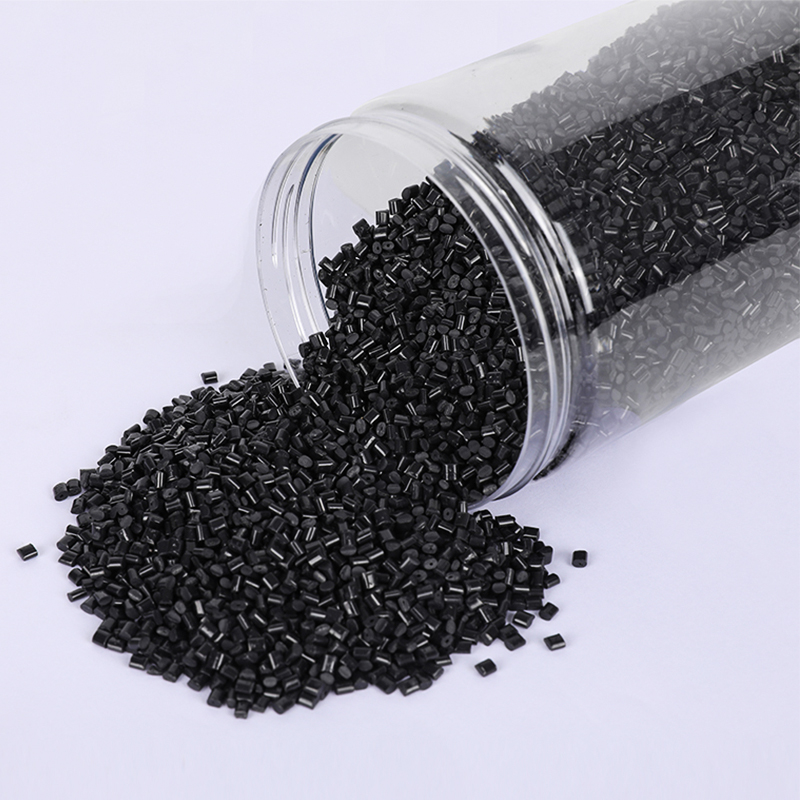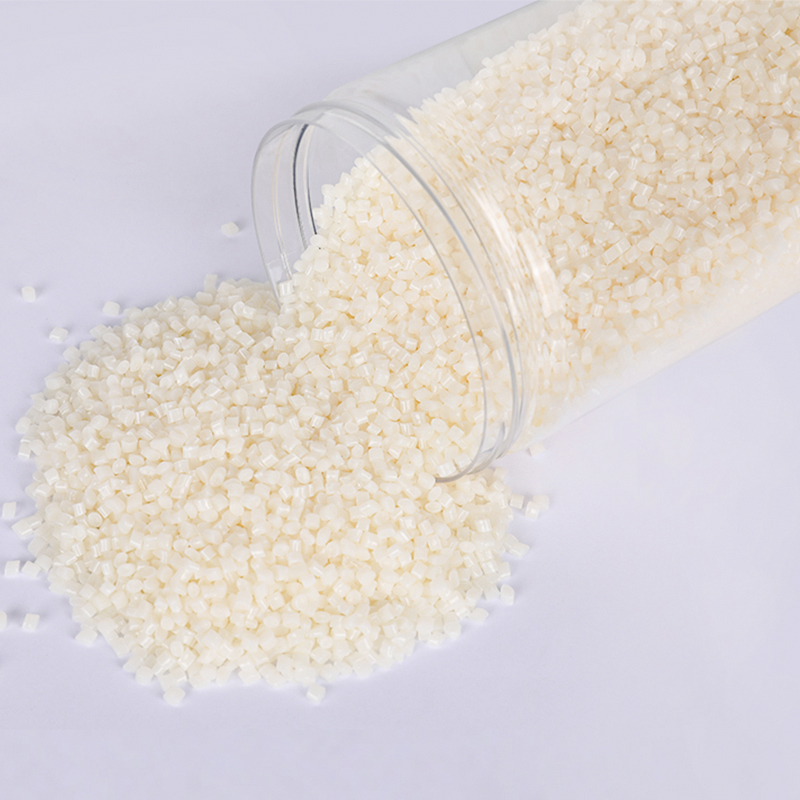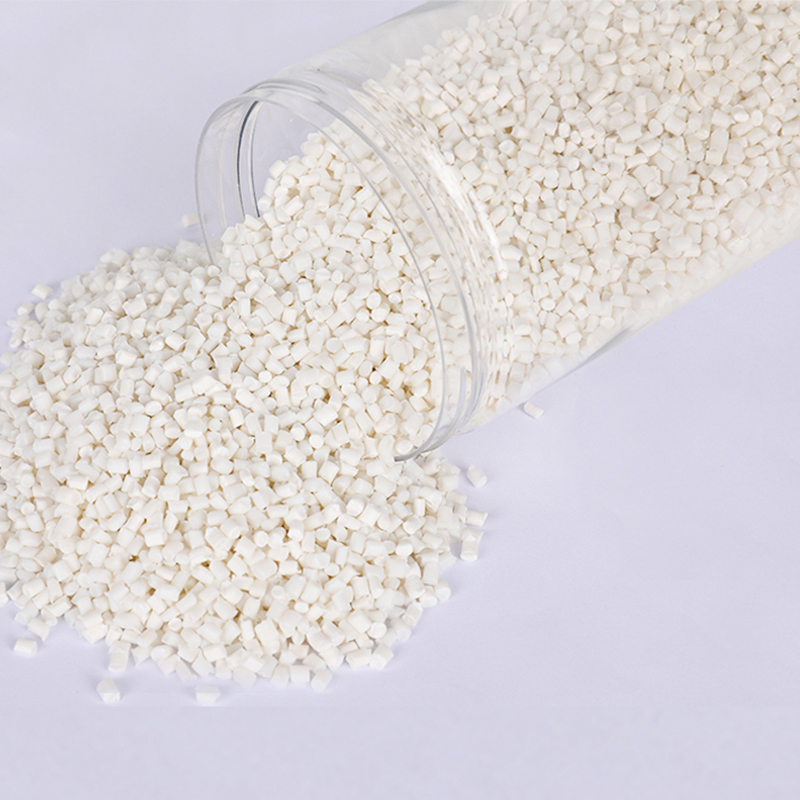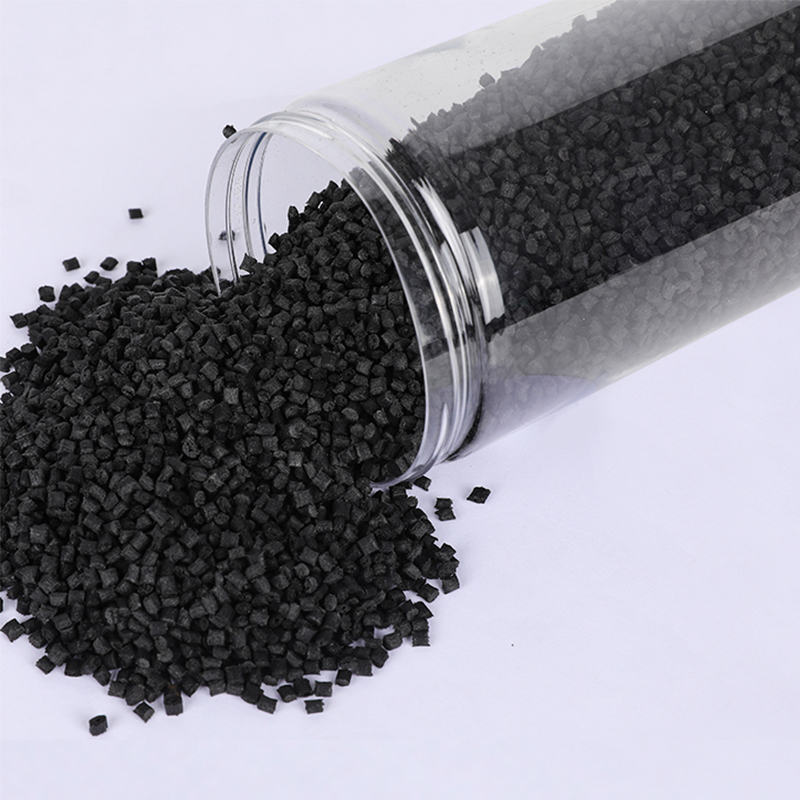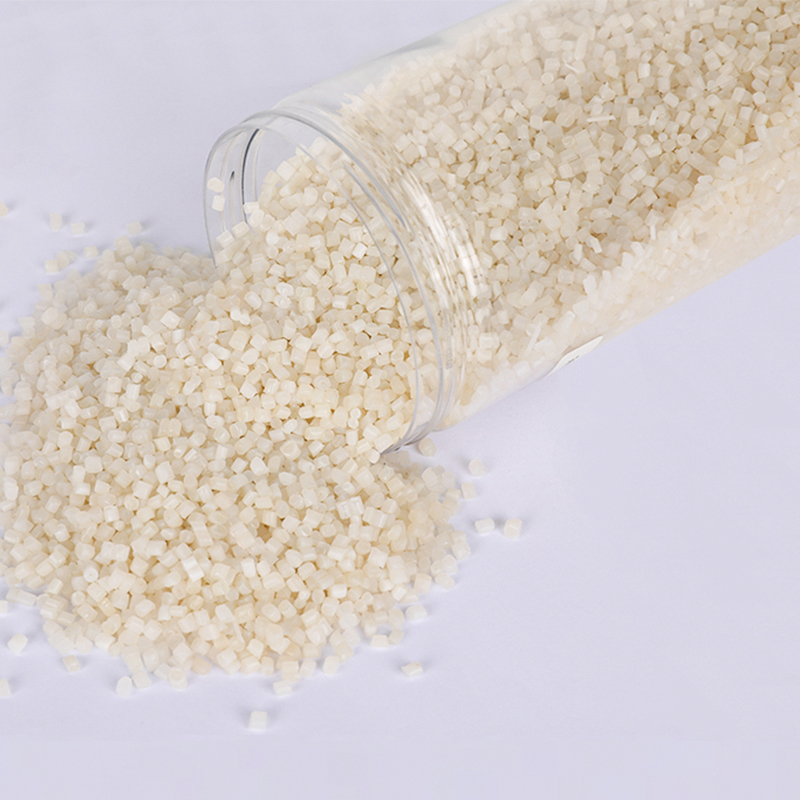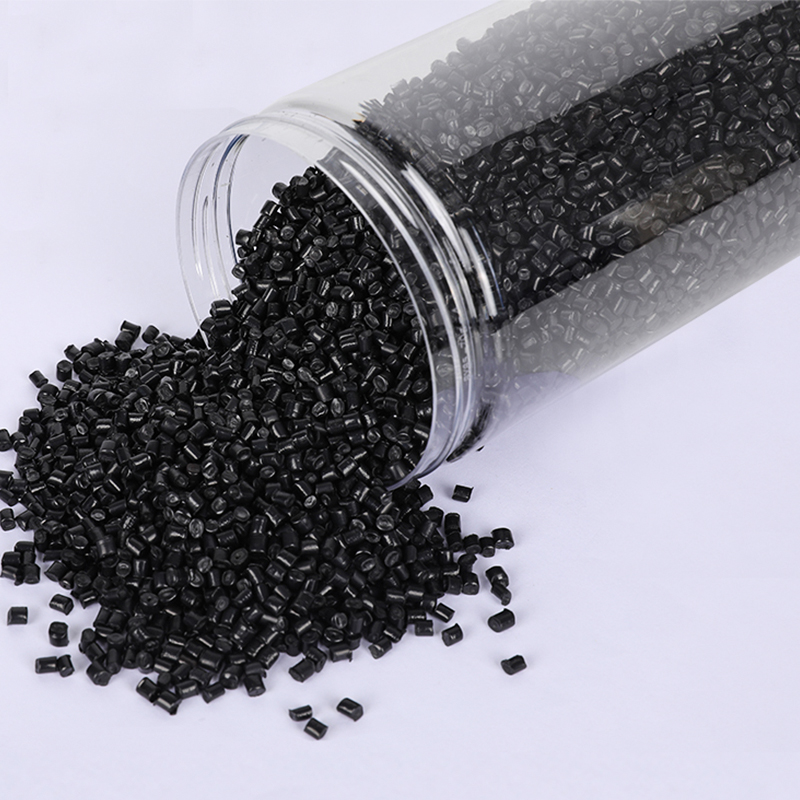Stay up to date with our recent products
Web Menu
Product Search
Exit Menu
Unlocking the Cost-Saving Power of Recycled Polypropylene
When it comes to choosing the right materials for production, businesses are increasingly looking for ways to reduce costs without compromising on quality. Recycled polypropylene (RPP) is one such material that offers significant advantages, especially in the long term. By using recycled polypropylene instead of virgin polypropylene, companies can achieve immediate cost savings while simultaneously making a positive impact on the environment. But what exactly are these savings, and how do they stack up over time?
In the short term, the most noticeable benefit of using recycled polypropylene is its lower price point. RPP is generally less expensive than its virgin counterpart because the raw material is sourced from previously used polypropylene products. This eliminates the need for extracting new resources, refining them, and going through the energy-intensive production processes associated with virgin plastic. For manufacturers, this can translate into a direct reduction in material costs—ideal for businesses operating on tight margins or those looking to improve their cost efficiency. However, the actual price difference can vary depending on the market and the specific source of the recycled material. Yet, as a rule of thumb, recycled polypropylene tends to be a more budget-friendly option compared to virgin polypropylene.
In the long run, the cost savings of using RPP continue to grow, particularly when considering the broader financial and environmental advantages. One of the biggest long-term savings comes from reduced waste disposal costs. By choosing recycled materials, businesses can minimize the amount of polypropylene that ends up in landfills, lowering their waste management expenses. Additionally, as demand for recycled materials increases, businesses that incorporate RPP into their production processes may benefit from future incentives, including government subsidies or tax breaks that encourage sustainable practices. Over time, these financial incentives, coupled with the steady price advantage of recycled polypropylene, can result in substantial cost reductions for businesses.
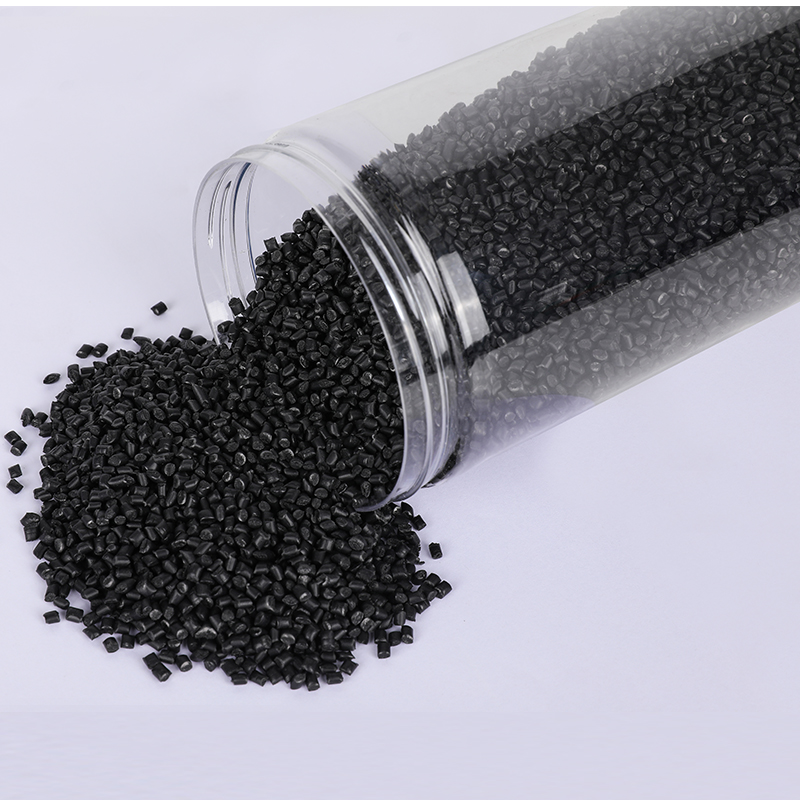
Recycled polypropylene also provides long-term value through its versatility and durability. While RPP may sometimes come with minor variability in its quality compared to virgin polypropylene, advancements in recycling technology have made it easier to produce high-quality recycled plastic with properties similar to virgin material. This means companies can use RPP in a wide variety of applications, from packaging and automotive parts to medical devices and textiles, without sacrificing performance. As the recycling industry continues to innovate, RPP’s capabilities are expected to improve, which will only enhance its cost-effectiveness in the future.
Ultimately, the cost savings from using recycled polypropylene go beyond just the material itself. By choosing RPP, companies can align with sustainability goals, which is increasingly important for consumers and investors who prioritize eco-friendly practices. This alignment can lead to long-term brand loyalty, access to new markets, and improved relationships with stakeholders who value sustainability. Whether in the short or long term, the financial benefits of RPP are clear: lower material costs, potential savings on waste disposal, and the opportunity to enhance a company’s reputation by contributing to a more sustainable future.
In conclusion, businesses that make the shift to recycled polypropylene will find that it’s not only a more cost-effective material in the short term but also a wise long-term investment. With its environmental benefits, the potential for tax incentives, and ongoing improvements in recycling technologies, RPP is poised to be a key player in cost-saving strategies for companies across various industries.
As China PCR Recycled Plastic Granules Factory, We always adhere to the experience and philosophy of "keeping up with the times, constantly innovating, developing efficiently, and cooperating for mutual benefit"

Address: No.11, Wangzhuang Section, Provincial Road 01, Daqiao New Area, Economic Development Zone, Haiyan County, Jiaxing City, Zhejiang Province, China
Phone: +86-18058285678
Fax: +86-0573-86868101
E-mail: [email protected]
SUNRISE GROUP(Overseas Exclusive Agent)
www.sunrisechemical.com
2024 ICIS Global Chemical Distributor Top 8
Export Sales Manager:Helen Zhang
Mob/Whatsapp: +86 19883063465
Email: [email protected]
Copyright © Jiaxing Anyiju Plastic Industry Co., Ltd. All Rights Reserved

 简体中文
简体中文 English
English

